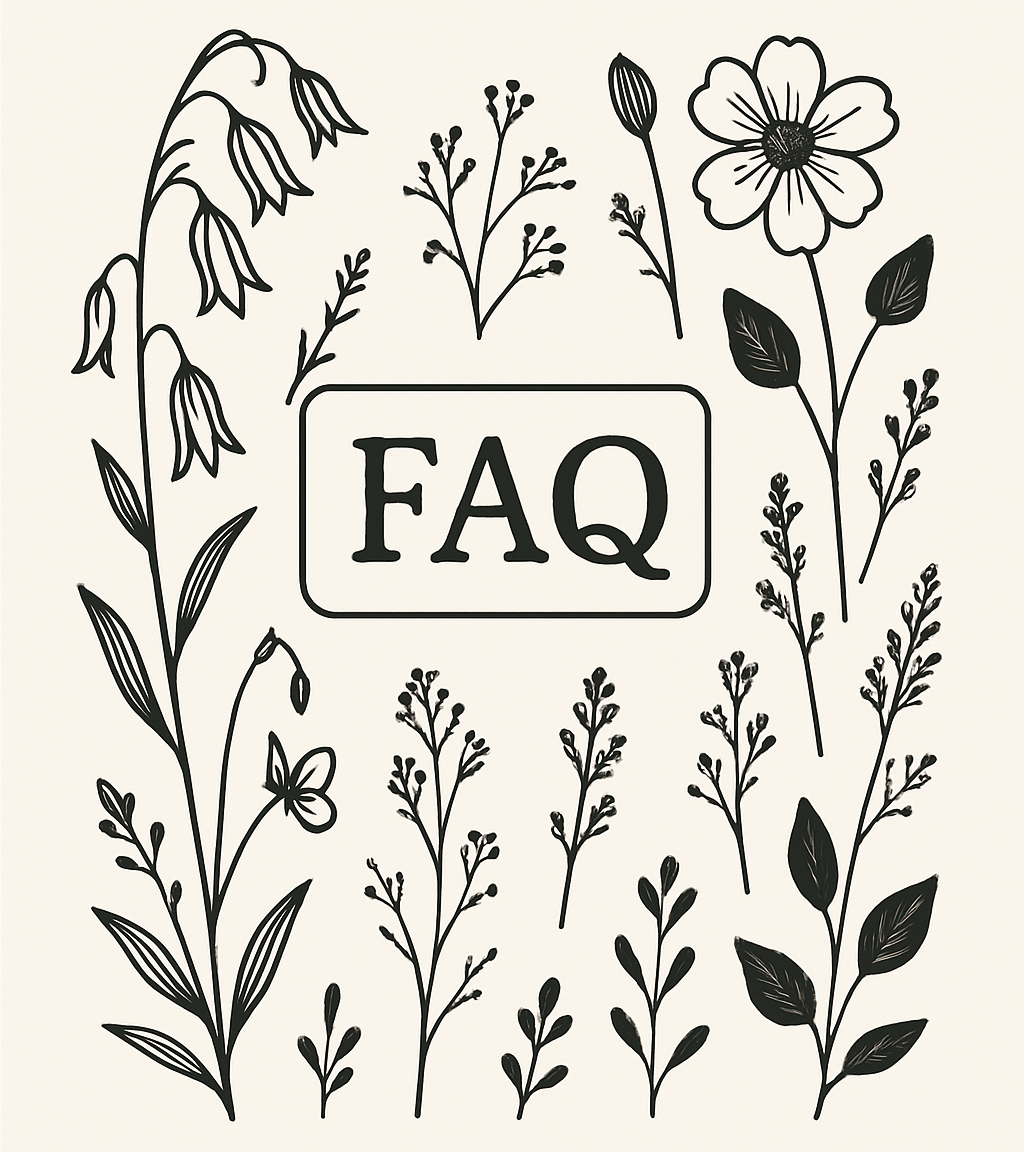How to Design, Plant, and Maintain Long-Lasting, Beautiful Container Perennial Gardens
June is Perennial Garden Month so we figured we would focus this week’s blog on using these tough plants in containers. Perennials bring timeless beauty, structure, and sustainability to gardens—and they shine especially well in containers. Whether you’re working with a small patio or designing a statement planter for a landscape project, container gardening with perennials offers color, form, and longevity. But success takes more than just sticking plants in pots. Here are 10 best practices for creating thriving perennial container gardens:
1. Choose the Right Perennials for Containers
• Salvia
• Hosta
• Daylilies (dwarf varieties)
• Lavender
• Sedum
• Perovskia (Russian Sage)
• Ornamental Grasses
• Gaillardia
• Nepeta (Catmint)
• Echinacea and Rudbeckia (Black-Eyed-Susans)
• Geranium (Cranesbill)
• Hellebore
• Ferns
2. Select Containers That Support Perennials Long-Term
• Deep enough for root systems
• Made of weather-resistant materials (e.g., fiberglass, metal)
• Equipped with proper drainage holes, which is key for our mid-Atlantic winters
Avoid lightweight or cheap plastic and fiberclay or fiberstone containers that can crack or degrade quickly.
3. Use High-Quality, Well-Draining Soil
• Pine bark fines for structure
• Perlite or pumice for drainage
• Compost for slow-release nutrition
Avoid using garden soil, which compacts and drains poorly in containers.
4. Plan for Seasonal Interest
• Spring: Tulips, Hyacinths, Daffodils or Alliums
• Summer: Rudbeckia or Echinacea
• Fall: Ornamental grasses
• Year-round: Evergreen groundcovers or dwarf shrubs
5. Water Consistently—But Don’t Overdo It
• Water in the early morning
• Check moisture levels with your finger or moisture meter
• Be extra vigilant in windy or sunny spots
6. Fertilize Wisely
• Use a balanced, slow-release fertilizer in early spring
• Supplement with diluted liquid feeds every 4–6 weeks during active growth
• Avoid over-fertilizing, which can cause leggy growth and fewer blooms
7. Refresh Soil Every Few Years
• Lift plants, remove tired soil
• Trim back overgrown roots
• Replace with fresh mix and replant
This keeps roots healthy and boosts drainage and nutrition.
8. Watch for Pests and Disease
• Aphids, spider mites, and scale
• Powdery mildew or root rot
Use organic methods like neem oil or insecticidal soap, and ensure airflow between plants to prevent issues.
9. Overwinter Perennials Properly
• Use frost-proof planters (avoid terracotta)
• Group pots together and insulate with mulch or burlap
• Move containers to a sheltered spot (garage, shed, cold frame)
• Choose hardy plants one to two zones lower than your region
10. Divide and Rejuvenate Regularly
• Remove the plant from its pot
• Divide root clumps with a sharp knife or spade
• Replant the healthiest sections and compost the rest
This keeps plants vigorous and encourages fresh blooms.
Final Thoughts
Q: Can all perennials be grown in containers?
A: Not all perennials are well-suited for containers. Choose compact or dwarf varieties with moderate root systems. Avoid aggressive spreaders or deep tap-rooted plants unless you’re using very large planters.
Q: How long can perennials live in containers?
A: With proper care—including seasonal soil refreshes, occasional dividing, and winter protection—many perennials can thrive in containers for 3–5 years or longer.
Q: Do container perennials need to be brought indoors in winter?
A: It depends on your climate and the plant’s hardiness. In cold regions, either use perennials rated for 1–2 zones colder or move containers to a protected area like a garage or shed during winter.
Q: How often should I water container perennials in the winter?
A: Water when the top inch of soil feels dry—typically once every week or so if no precipitation occurs. Be sure containers have drainage holes to prevent root rot.
Q: Do I need to fertilize perennials in containers?
A: Yes. Use a slow-release fertilizer in spring, then supplement with a diluted liquid fertilizer every few weeks during the growing season.
Q: How do I keep container perennials looking fresh year-round?
A: Mix plants with staggered bloom times and interesting foliage. Pair spring, summer, and fall bloomers with evergreens or ornamental grasses for multi-season appeal.
Q: Are container perennials lower maintenance than in-ground beds?
A: They can be—especially for weed control—but they do require regular watering, feeding, and occasional replanting. The trade-off is greater flexibility and design control.
Q: Can I mix perennials with annuals in the same container?
A: Absolutely! Annuals can provide instant color and seasonal interest while perennials create long-term structure. Just ensure their care needs align (light, water, soil).

